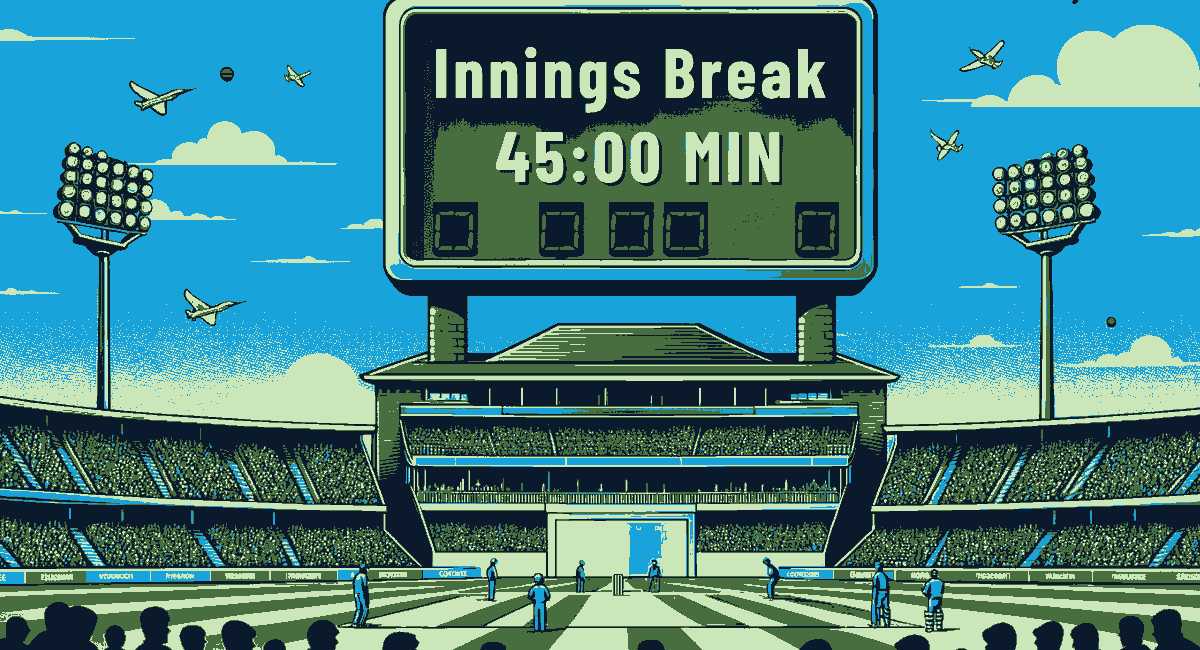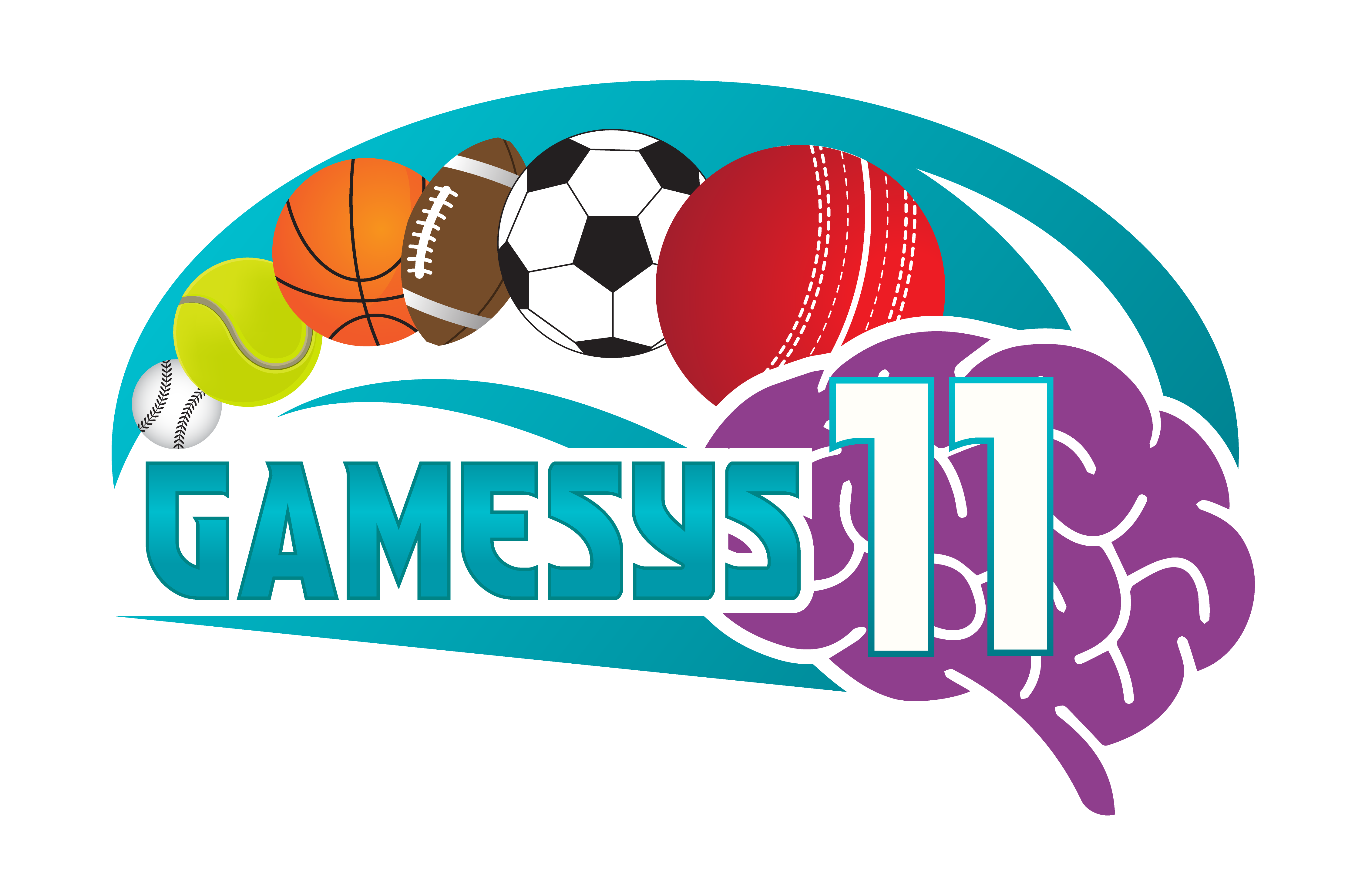
December 6, 2023
Cricket rules are always debatable because there are various laws set up by the I/C/C. Today, we are going to talk about one of the most controversial and debatable topics in cricket, which resonates from gully cricket to international arenas. You might have also heard someone comment, “This is not the correct bowling action,” when you bowled for the first time. However, without a deep understanding of what constitutes a legal bowling action or a legal delivery, it’s challenging to argue with those who appoint themselves as the arbiters of I/C/C rules. Jokes apart, let’s delve into the topic of chucking (referred to as “Bhatta” in Hindi) and explore how chucking or unorthodox bowling actions are measured.
Contents
You might have observed that while throwing a ball, we bend our elbow and then, when we release the ball or throw the ball to a certain point, the hand becomes straight. This is what chucking is.
Recent I/C/C rules indicate that if a bowler extends his/her elbow once it reaches his shoulder in a horizontal manner to more than 15 degrees while releasing the ball, then it is considered an illegal bowling action or unorthodox bowling action. Umpires use their naked eye to determine the degree of elbow bend from the point of reaching the shoulder and releasing the ball.
Let’s imagine a bowler bends their arm about 45 degrees once it reaches shoulder level. While releasing the ball, if the bowler straightens the elbow further but can only bend up to 15 degrees legally, here’s how it works:
Match Officials who through experience and watching the game suspect a bowler of using an illegal action during international cricket games are able to forward their misgivings for evaluation. This sets off a formal review procedure.
The identified player is subjected to a full analysis at one of the I/C/C Accredited Testing Centres. The process uses modern technologies and it is carried out by experts from human movement science field. The aim here is to establish with precision whether or not the player’s action meets the specified standards.
Once this assessment determines that he has an illegal bowling action, the immediate result is that he cannot bowl anymore in international cricket until such time when he rectifies his bowling action to meet all legal requirements. After that, they must then take another test at the accredited centre after changing their actions. They will only be eligible for resumption of bowling in international matches if they can pass this next test, showing lawful bowling assist which would be certified there.
| Player Name | Country | Year(s) Called |
| Ernie Jones | AUS | 1898 |
| C. B. Fry | ENG | 1898, 1900 |
| Arthur Mold | ENG | 1900, 1901 |
| Madhusudan Rege | IND | 1951 |
| Cuan McCarthy | RSA | 1952 |
| Doug Insole | ENG | 1952 |
| Tony Lock | ENG | 1952, 1953-54 |
| Keith Slater | AUS | 1957-58, 1964-65 |
| Harold Rhodes | ENG | 1960, 1965 |
| Geoffrey Griffin | RSA | 1959-60, 1960 |
| Butch White | ENG | 1960, 1965 |
| Reg Simpson | ENG | 1960 |
| Haseeb Ahsan | PAK | 1960-61 |
| Charlie Griffith | WI | 1961-62, 1966 |
| Ian Meckiff | AUS | 1963 |
| Ian Redpath | AUS | 1964 |
| Abid Ali | IND | 1968 |
| Jim Higgs | AUS | 1975 |
| Bruce Yardley | AUS | 1977-78 |
| Syed Kirmani | IND | 1983 |
| David Gower | ENG | 1986 |
| Henry Olonga | ZIM | 1995 |
| Grant Flower | ZIM | 2000 |
| Muttiah Muralitharan | SL | 1995, 1996, 1999 |

At Gamesys11, our team includes dedicated blog writers, who bring a wealth of cricket knowledge and experience to our content. From early cricket careers at divisional and district levels to deep dives into statistics and player insights, our writers are passionate about the sport. They specialize in crafting engaging blogs that explore team lineups, player statistics, and strategic predictions for upcoming contests, enhancing the experience for every cricket fan.